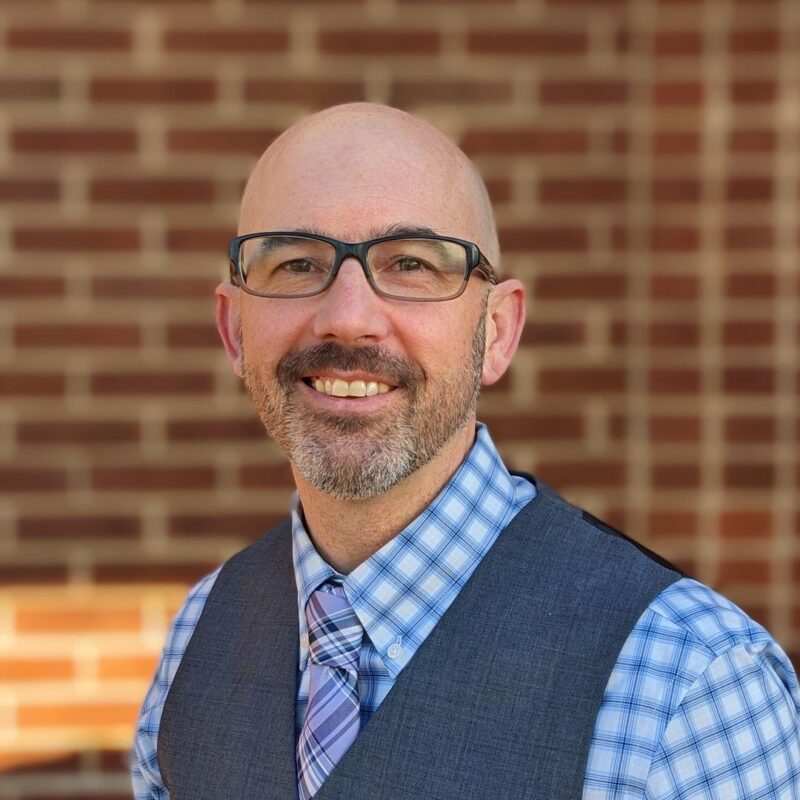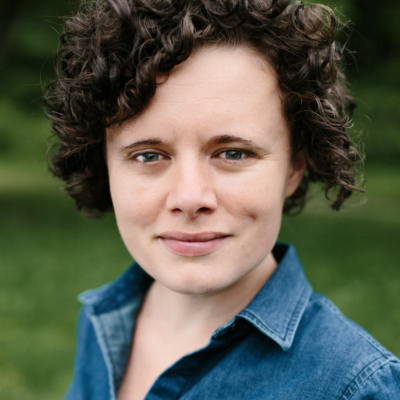One morning almost three years ago, Forest Lakes resident Jim Grace woke up and walked out to look at his stunning view of Hollymead Lake. Stunned he was. "It was suddenly the view of a 20-acre mud puddle," he says. "It just kind of went from there."
 The "moonscape" land clearing at Hollymead Town Center has caused lots of red dirt to flow into Lake Hollymead, residents from Forest Lakes say. |
Where it went was eventually a September 12, 2007 Board of Supervisors meeting. The Board was deciding whether to rezone the final portion of the Hollymead Town Center for 1,200 residential units and 640,000 square feet of nonresidential space. Wrapping behind and around the Hollymead Town Center, the 78 acres are part of a stretch of land that was cleared several years ago. Since then, the patch has lain dormant, resembling a red clay "moonscape," as it has come to be known, that Grace—representing both the Forest Lakes and Hollymead Neighborhood Associations—told the supervisors was ruining his lake.
| Previous coverage:
Hollymead might actually get mixed-use Hollymead developers outflank Places29 plans |
"If we would have continued to get the amount of sediment we were getting before Hollymead Town Center, it would be 2080 before we would have the sediment that we have now," Grace said, presenting a sediment survey of the lake. "If we’re sincere about improving the erosion controls, then why isn’t something being done?" he asked of the Board.
Oddly enough, by voting on September 12 to approve a rezoning for more building at Hollymead, the Board increased protections for Hollymead neighbors. Developer J.P. Williamson proffered increased sediment and erosion controls to keep 80 percent of sediment on site—20 percent more than is required by the state.
"The best way to address sediment and erosion is to build buildings and parking lots and filters and buffer areas," Williamson said. Though some Board members wanted stronger promises to help clean up Lake Hollymead, the measures were enough for unanimous approval.
Regardless, the situation had brought to light a problem that, according to at least one supervisor, must be addressed. "Based on this conversation today, we’ve got to move forward to come up with a strategy for addressing the sedimentation burdens both in this particular instance and a little more broadly," said David Slutzky. "I hope we don’t leave this conversation behind and forget about it tonight."
Since the meeting, Williamson says he has spent over $300,000 sodding and seeding the land, and while he offers to contribute "ongoing costs…as part of the landowner and the watershed," he takes pains to address the notion that his particular land is solely responsible.
"The watershed is significantly greater than the 70 acres we own," he says. "And we’ve only owned it for two years." As the agent for a D.C. equity firm that is the owner, Williamson points to developments from the past, like the airport or the center that his land is part of. "It’s impossible to quantify what my small piece of property has done since I’ve owned it."
C-VILLE welcomes news tips from readers. Send them to news@c-ville.com.





